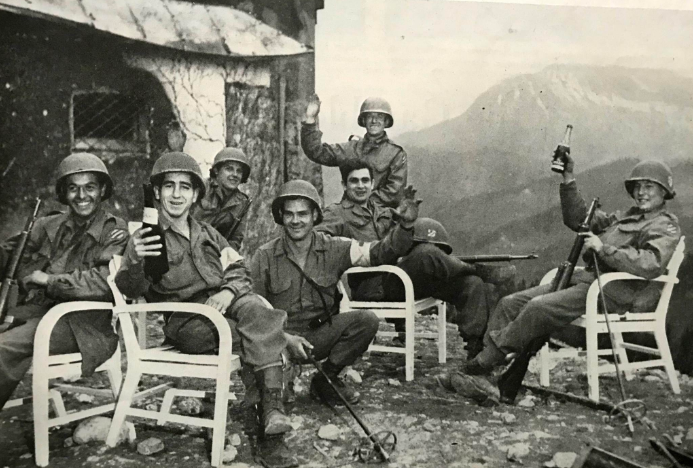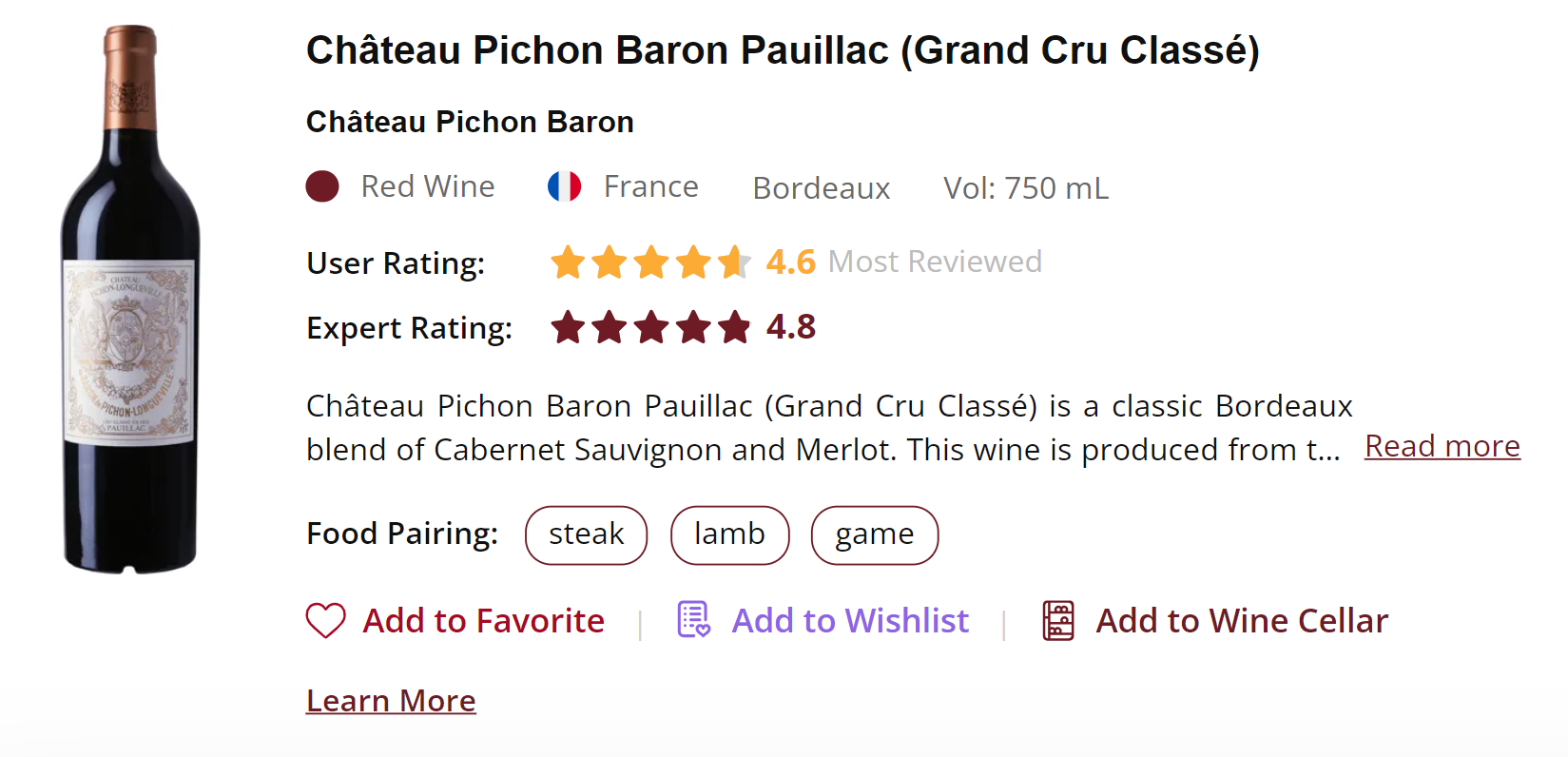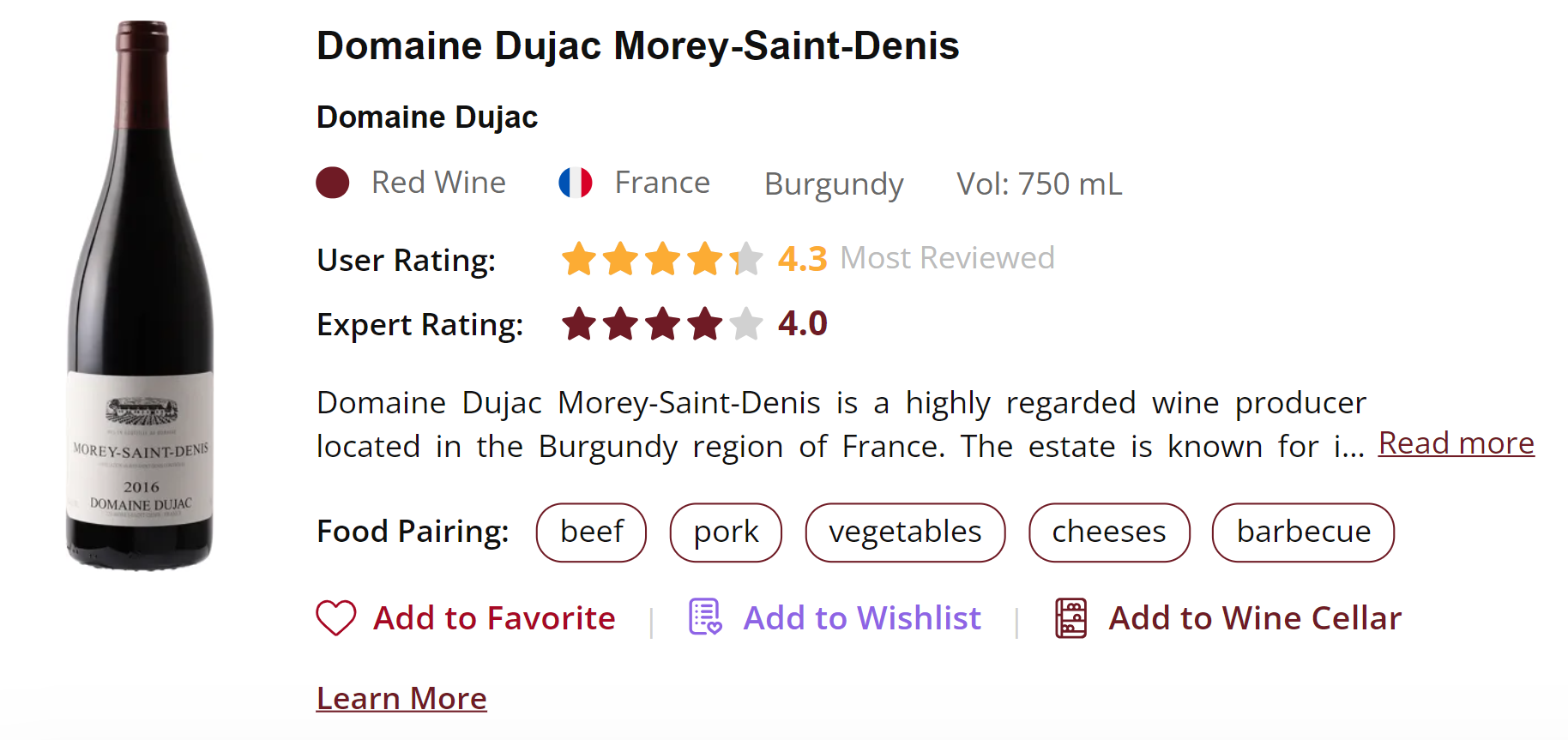- Wine Color/Type
- Top Occasions
- Unique Wines
- Surprise Me!
The Most Expensive Celebration In History & How Wine Has Changed Since
It only took a day. Such was the gravity of the Imperial Japanese attack on Pearl Harbor on the 7th of December 1941 that the US Congress broke their non-interventionist stance and declared war on Japan the next day. In the wake of that decision, American troops would later embark on European soil where they were not only met with the ravages of war but also encountered European wines. Among the troves of stories from that era is the discovery of the German wine cellars in the elite mountain retreat of the Berghof, revealing over half a million bottles of high-quality Champagne, Bordeaux, and Burgundy – treasures, worth thousands of dollars a bottle today, which would be liberally enjoyed by the troops of the 7th Regiment of the 3rd Infantry Division, marking the celebration of the war's end in 1945.
Fast forward to the present day, and the landscapes of Champagne, Bordeaux, and Burgundy have evolved dramatically, as have the contents of their bottles. In this journey through time, we explore the changes in winemaking techniques, grape varieties, and stylistic preferences that have transformed these iconic French wine regions.
Soldiers from the 3rd Infantry Division celebrating the end of the war at the Berghof (Photo courtesy of the National Archives)
The Varietal Re-Evolution of Champagne
In 1945, Champagne production emerged from a tumultuous period, with the aftermath of war came opportunities for new growth. During the war, Champagne was dominated by the three grape varieties of Pinot Noir, Chardonnay and Pinot Meunier, which were seen as the most productive and the easiest to grow, a key factor with so much of the workforce mobilized to the front. This had contributed to the decline of other grape varieties such as Petit Meslier and Arbane. Thankfully, these grapes were saved from oblivion post-war by men like Lucien Moutard who planted more Arbane in 1952 fostering a resurgence of interest in these forgotten varieties. Winemakers, driven by a quest for diversity, are reintegrating these grapes, adding complexity to some of today’s wines that our troops could not have imagined.
Bordeaux's Cabernet Sauvignon Renaissance
In Bordeaux, the post-war period saw the adoption of new winemaking practices. Lower yields in the vineyard resulted in higher grape ripeness than was possible pre-war in all but the most generous of vintages. The regularity of increased ripeness has resulted in a shift in the composition of Bordeaux blends. Pre-war, the percentage of the slow ripening Cabernet Sauvignon only accounted for 60% of the blend. The changes in the aftermath of the war, and the later introduction of advanced optical sorting, has seen the balance of Cabernet Sauvignon rise to as much as 90% of the blend in the Grand Vins of many Cru Classe estates. Compared to those sampled by our celebrating troops, the Bordeaux wines of today are darker in fruit flavor, more opulent in body, and less vegetal in style.
Château Pichon Longueville Baron
Since 1945, the blend of many Bordeaux wines like Pauillac includes more Cabernet Sauvignon than before.
Burgundy's Stem Inclusion Revolution
In the aftermath of World War II, Burgundy faced a period of rebuilding and reevaluation. One aspect that has changed has been the extent to which stem-inclusion is practiced during winemaking. Including stems in the fermentation process, enhances aromatic potential, alters the mouthfeel through the introduction of tannins and reduces color intensity. Pre-War, the use of the technique was discouraged by local winemaker Henri Jayer, who was a vocal as he was iconic. Jayer’s passing not only lowered the resistance to the practice but it coincided with a warming climate which made the process both more viable and more forgiving. Today its use is common amongst winemakering seeking to add layers of texture and flavor complexity that were simply not achievable pre-war.
Domaine Dujac Morey-St-Denis
A Nod To The Past While Celebrating The Future
As we reflect on the transformative journey of Champagne, Bordeaux, and Burgundy from the war era to the present, it becomes clear that these regions have not only weathered the storms of history but have emerged stronger and more dynamic. The evolution of winemaking techniques, the resurgence of forgotten grape varieties, and the fusion of tradition with innovation showcase the resilience and adaptability that define the world of wine.
In every sip, there is a taste of history, a nod to the past, and a celebration of the present.
Latest articles



